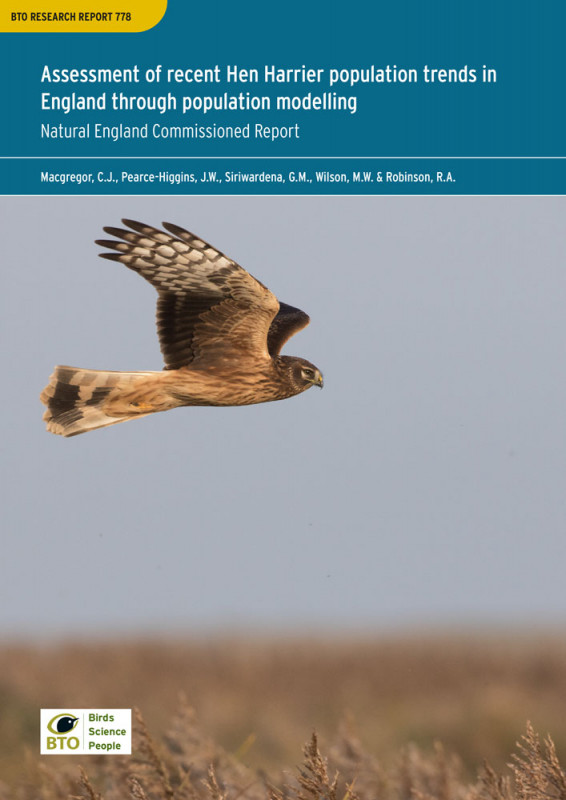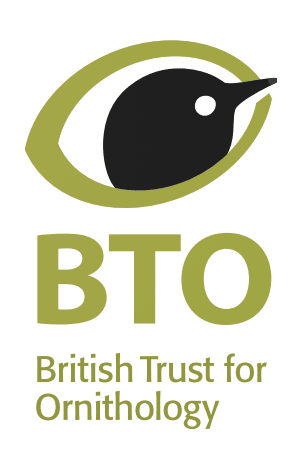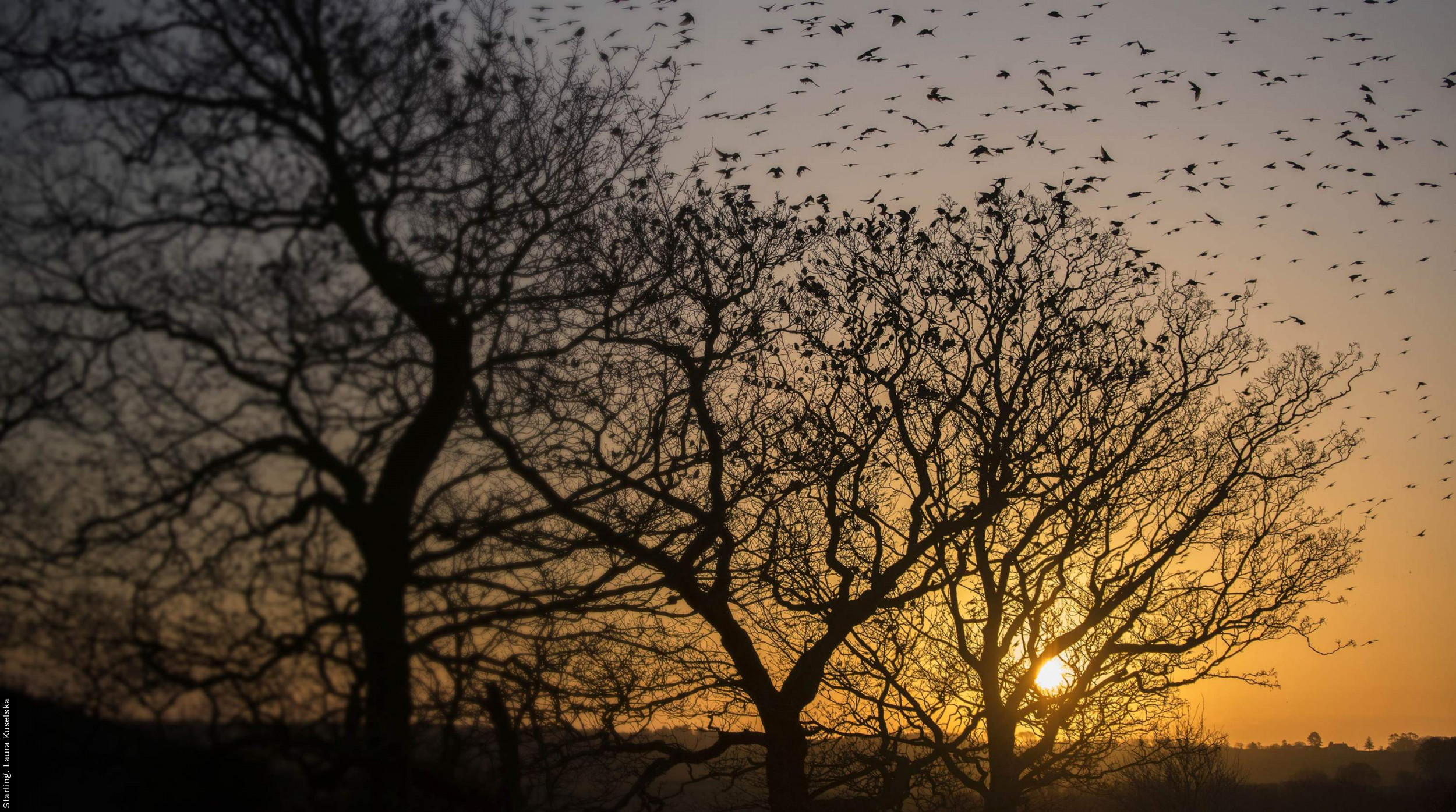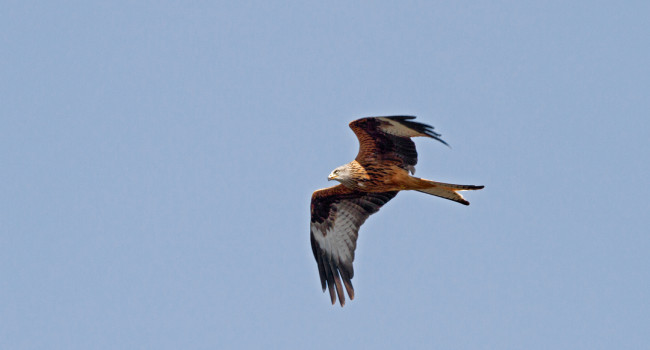Assessment of recent Hen Harrier population trends in England through population modelling

Author(s): Macgregor, C.J., Pearce-Higgins, J.W., Siriwardena, G.M., Wilson, M.W. & Robinson, R.A.
Published: March 2025 Issue No.: 778
Publisher: British Trust for Ornithology Pages: 30pp
Journal: BTO Research Report Volume: 778
ISBN: 978-1-912642-75-5
Download article 3.56 MB application/pdf
Abstract
- The Hen Harrier Circus cyaneus population in England has historically been suppressed by high levels of nest destruction and removal (killing) associated with grouse moor management. The population has undergone a sudden and rapid increase since 2018, concurrent with a trial of a new management approach. The reasons for this increase are uncertain.
- This study uses a population modelling approach to explore the effects of changes in rates of productivity, survival, and settlement on population growth in the English population of Hen Harriers. Model outcomes are compared to the observed population trend to assess the plausibility of a range of candidate mechanisms to explain the population increase, including productivity uplift from nest-level interventions such as brood management and diversionary feeding, increased survival, and increased settlement rate. For the purpose of this study, ‘settlement’ effectively represents the rate at which breeding-age birds commence recorded breeding attempts, and therefore encompasses the potential for change both in the rate at which birds skip breeding entirely, and the rate at which breeding attempts fail prior to detection by surveyors (i.e. very soon after initiation).
- Models were parameterised using several sources of evidence. Scenarios for productivity change were evidenced using nest record data for all recorded Hen Harrier breeding attempts in England during the period 2018 to 2024, including those at which interventions had and had not been applied. Scenarios for survival change were based on a recent study of Hen Harrier survival in Britain (Ewing et al. 2023). A lack of knowledge about settlement patterns both before and during the study period meant that scenarios for settlement change were harder to determine, and therefore largely exploratory.
- Population models do not support productivity uplift from the nest-level interventions, brood management and diversionary feeding, as the sole explanation for the rapid increase in the population. Indeed, the direct effects of these interventions on population growth were relatively limited compared to the effects of change in survival or settlement rates.
- Instead, the most parsimonious explanations for the population increase require improvements in one or both of survival rate and settlement rate. It is possible, but not likely, that survival change alone can explain the observed population growth. It is evident that some illegal killing has continued throughout the trial period; the question of whether it has reduced to some extent, and survival rates accordingly improved, cannot be addressed through a population modelling approach, but survival analysis for individuals tracked during the trial period may shed light on this.
- It is plausible that increased settlement rates, perhaps linked to reduced disturbance immediately before and during the early part of the breeding season, could have contributed to the observed population increase. However, this possibility still requires some improvement in survival rates, as well as the pre-existence of a pool of non-breeding birds and/or supplementation by subadult breeding or immigration, to explain the sudden and rapid increase in the number of Hen Harrier breeding attempts in England. Within the context of this study, the modelled effect of increased settlement rates could also correspond to a real-world increase in the proportion of breeding attempts that persist for sufficiently long to be detected by surveyors, as opposed to failing soon after initiation (whether due to human interference or otherwise) and going undetected.
- Either of these rates could have responded positively to environmental drivers (e.g. increased prey availability), a reduction in removal and/or nest interference by humans coincident with the availability of brood management as a tool to alleviate conflict between Hen Harriers and grouse moor management, or both, to plausibly result in the observed rapid population increase. However, equivalent increases have not occurred in the neighbouring populations of Wales or southern Scotland, making large-scale environmental drivers an unlikely explanation.
- A substantial decline in the total number of breeding attempts between 2023 and 2024 highlights that adverse conditions (whether natural or linked to persecution) still have the capacity to slow or reverse the ongoing recovery of the Hen Harrier population in England.
Notes
Natural England Commissioned Report
Natural England’s role is to help protect and restore our natural world, and to balance nature recovery with the needs of people. Natural England’s actions under the Hen Harrier Action Plan included a trial of brood management, which aimed to understand the effects of this management method on Hen Harrier populations and human-wildlife conflict. Following this trial, Natural England commissioned the British Trust to Ornithology to carry out population modelling to explore changes to Hen Harrier demography. This evidence will be used to inform future decisions on conservation actions.
Natural England commission a range of reports from external contractors to provide evidence and advice to assist us in delivering our duties. The views in this report are those of the authors and do not necessarily represent those of Natural England.












Share this page